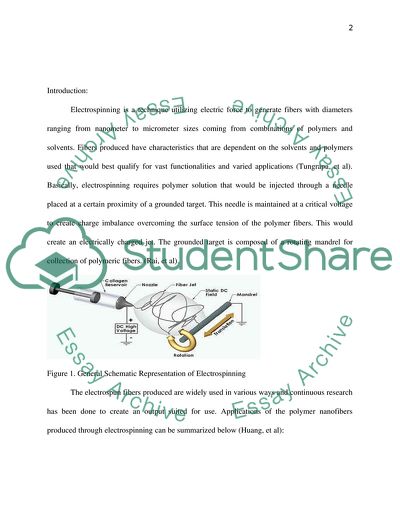Cite this document
(Electrospinning Nanofibers Using M-Poss and Polycaprolactone Report, n.d.)
Electrospinning Nanofibers Using M-Poss and Polycaprolactone Report. https://studentshare.org/chemistry/1802521-electrospinning
Electrospinning Nanofibers Using M-Poss and Polycaprolactone Report. https://studentshare.org/chemistry/1802521-electrospinning
(Electrospinning Nanofibers Using M-Poss and Polycaprolactone Report)
Electrospinning Nanofibers Using M-Poss and Polycaprolactone Report. https://studentshare.org/chemistry/1802521-electrospinning.
Electrospinning Nanofibers Using M-Poss and Polycaprolactone Report. https://studentshare.org/chemistry/1802521-electrospinning.
“Electrospinning Nanofibers Using M-Poss and Polycaprolactone Report”. https://studentshare.org/chemistry/1802521-electrospinning.


